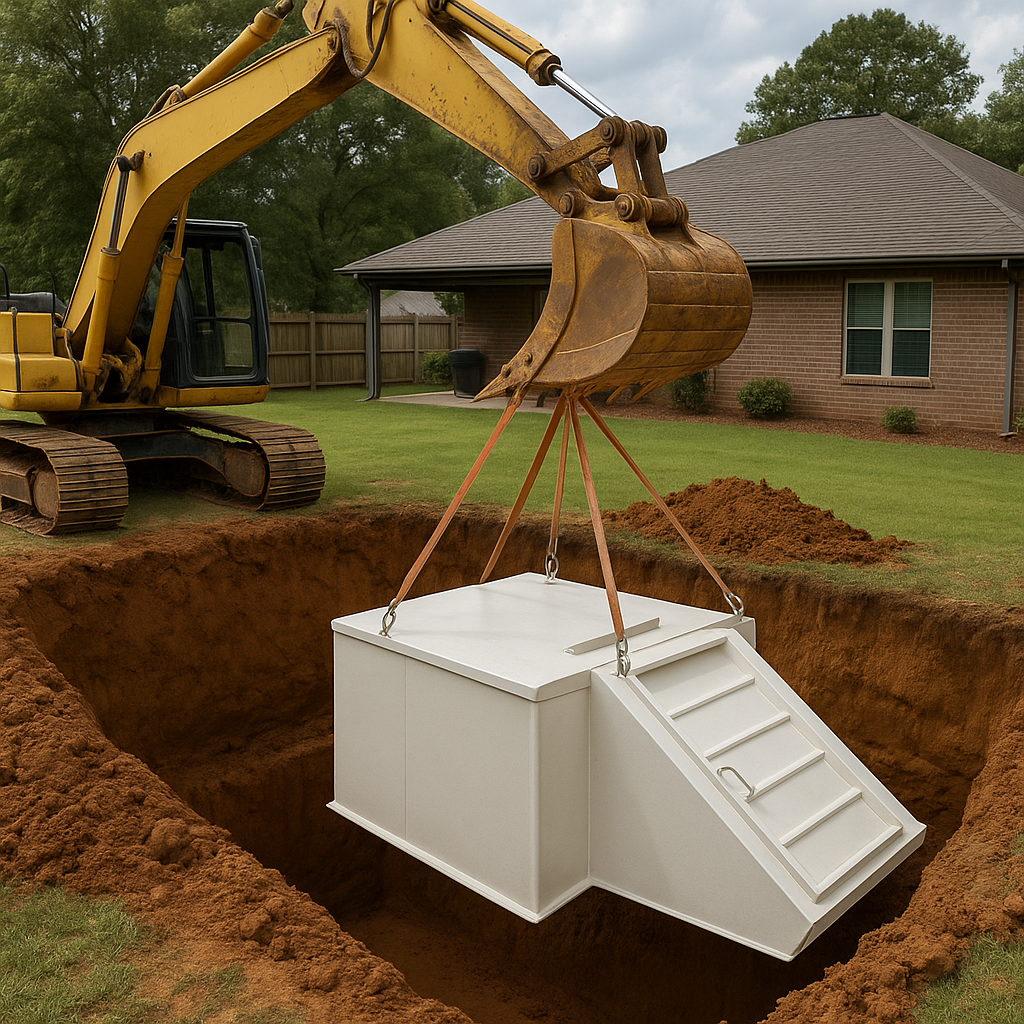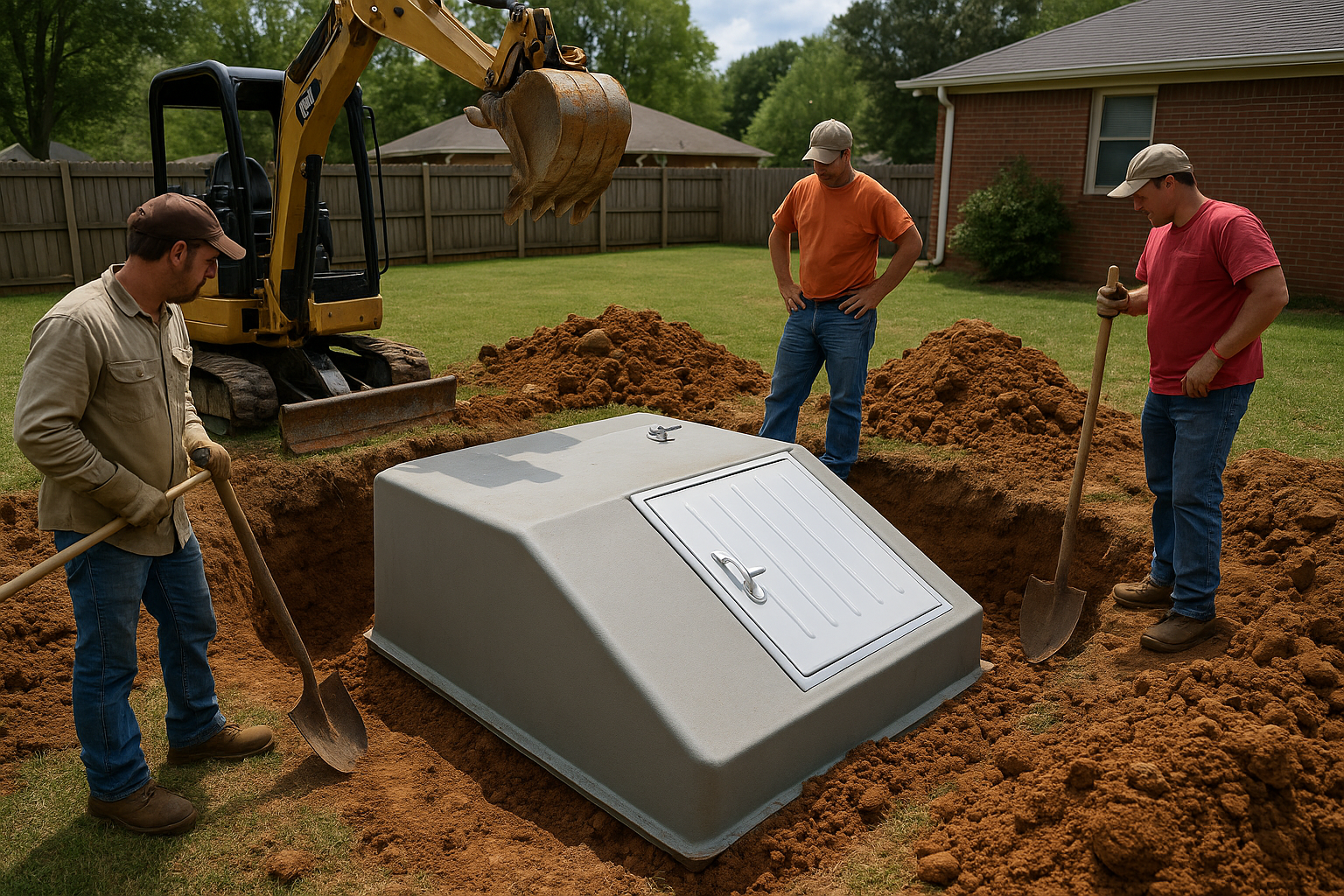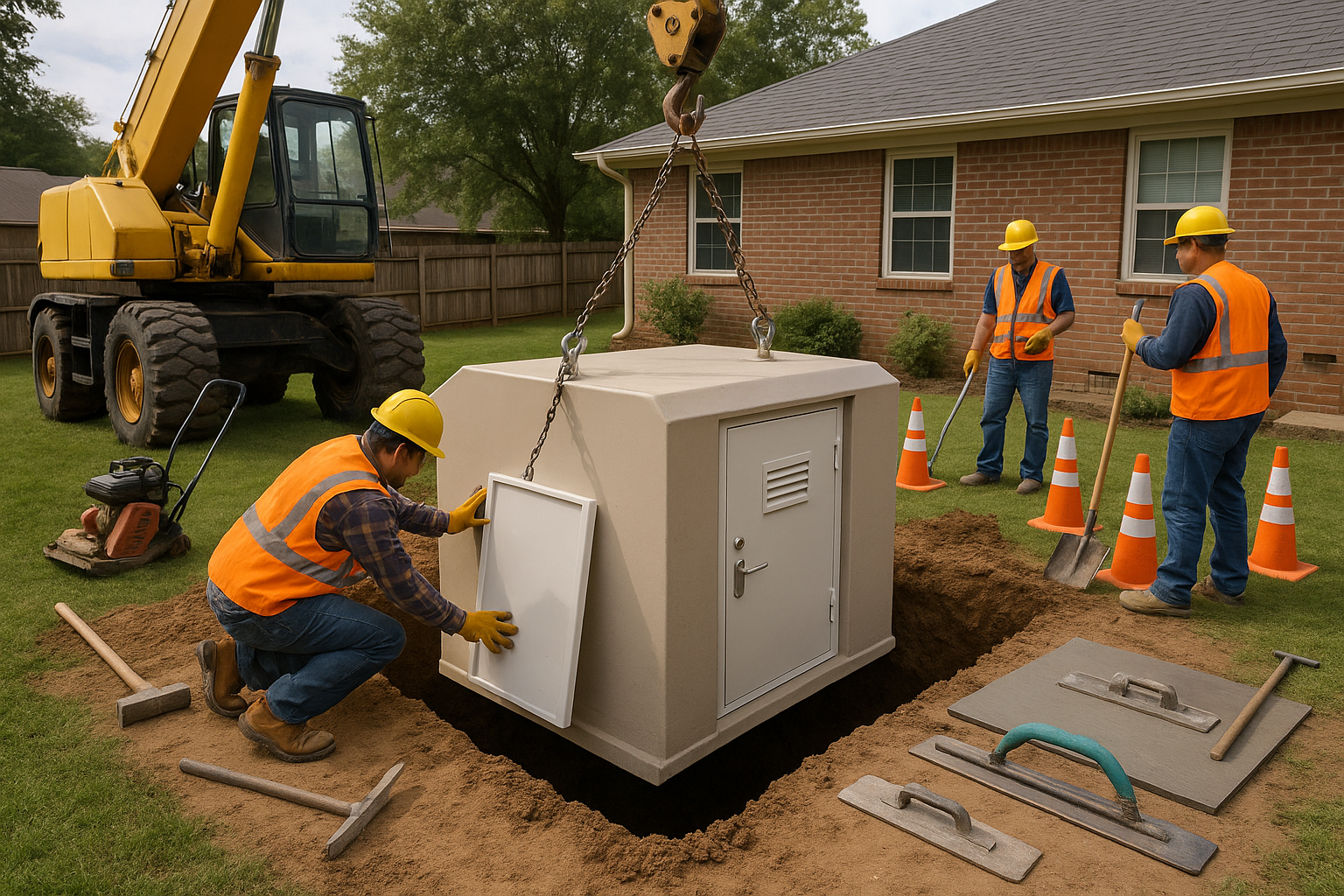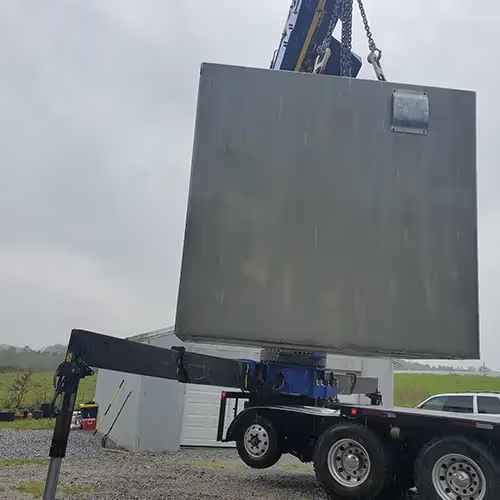Storm Shelter Supplies for Alabama 72 Hour Kit and Seasonal Add-Ons

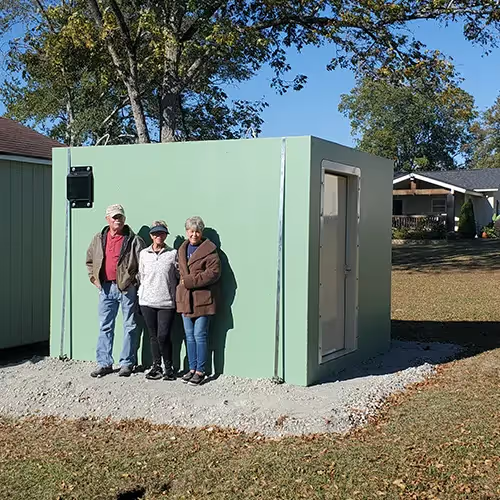
Have you ever wondered if your Alabama storm shelter kit is truly ready for the worst? Having a storm shelter is one thing—but having it fully stocked with the right emergency survival supplies can make all the difference when severe weather strikes. In Alabama, where tornadoes and flash floods can develop with little warning, preparedness is more than just a precaution—it’s a necessity.
If you’re still exploring your options, learning how to build your own shelter can be a great start. You can check out this guide on DIY storm shelters in Alabama for practical tips on design and materials before assembling your emergency kit.
This guide will help you build or upgrade your 72-hour emergency kit, ensuring it’s equipped with everything from tornado preparedness gear to seasonal emergency items. You’ll learn what storm shelter essentials every Alabama household should include—like emergency water storage, first aid survival kits, and storm preparedness tools that work year-round.
Being prepared brings more than safety—it brings calm and confidence. Having a well-organized home storm safety kit helps you stay in control during chaos, ensures your family’s comfort, and even speeds up recovery after the storm passes. By the end of this guide, you’ll know exactly what to include, how to maintain it, and which disaster supply checklist items to rotate seasonally so you can always face Alabama’s unpredictable weather with peace of mind.
How Storm Shelter Preparedness Became a Must for Alabama Families
Alabama has long been familiar with the power of nature. From devastating tornado outbreaks to intense thunderstorm seasons, residents have learned the value of readiness. What once meant simply finding a basement or safe room has now evolved into a statewide focus on storm shelter preparedness, complete with underground shelter equipment and specialized severe weather survival packs.
For anyone looking to improve their safety, professional installation matters. Explore trusted storm shelter contractors in Alabama who can ensure your shelter meets safety standards and is properly equipped before you begin stocking supplies.
The 72-hour kit, or “go-bag,” is central to this readiness mindset. It’s designed to sustain your family for at least three days after a disaster when utilities may be down or rescue teams delayed. Inside, you’ll find essential emergency survival supplies such as:
- Long-term food supplies and emergency water storage for nourishment
- First aid survival kits for quick medical response
- Flashlight and lantern packs for power outages
- Emergency communication devices for updates and coordination
- Personal protective gear for added safety
This cultural shift toward preparation is now supported by Alabama emergency agencies and weather networks, who encourage residents to build personalized storm shelter kits. Families are also tailoring seasonal emergency items—like adding backup heating solutions in winter or cooling packs in summer—to ensure year-round protection. Preparedness is no longer optional; it’s part of everyday home safety for Alabama families.
Building Your Alabama 72-Hour Storm Shelter Kit
Your 72-hour storm shelter kit is your lifeline in the aftermath of a major storm. Designed to sustain each person for three full days, it’s a combination of basic necessities, comfort items, and survival tools. Whether you’re riding out a tornado warning or managing post-storm outages, every item counts.
If you’re considering installing a concrete unit, take a look at this guide on concrete storm shelters in Alabama to better understand how structure and design can enhance your kit’s safety and effectiveness.
Here are the key components every Alabama household should include:
- Food and Water – Stock at least three days of long-term food supplies and emergency water storage per person.
- First Aid Supplies – Pack a first aid survival kit with medications, bandages, and antiseptics.
- Light and Power – Include flashlight and lantern packs, battery backup essentials, and portable power solutions.
- Safety and Tools – Add multi-purpose survival tools, duct tape, gloves, safety helmets and goggles, and repair materials.
- Personal Care Items – Don’t forget emergency hygiene products, wipes, clothes, and disaster blankets and bedding.
- Important Documents – Use fireproof document storage for IDs, insurance papers, and emergency contacts.
- Communication & Signaling – Have emergency communication devices and signaling tools.
- Shelter & Ventilation – Maintain good storm shelter ventilation and insulation supplies.
- Cooking Equipment – Include emergency cooking equipment for power outages.
These items ensure safety, nutrition, and stability in the crucial hours after disaster strikes—when preparation truly matters.
Seasonal Add-Ons and Maintenance
A complete storm shelter kit isn’t static—it should evolve with the seasons. Alabama’s weather can bring freezing winters, sweltering summers, and unpredictable storm cycles, so seasonal emergency items are essential to staying ready all year. Tailoring your kit helps you adapt to specific climate challenges without overpacking.
For summer, add lightweight clothing, cooling towels, insect repellent, and electrolyte drinks. For winter, stock backup heating solutions, thermal blankets, gloves, and extra batteries. During hurricane or tornado seasons, prioritize weather alert systems, waterproof storage bags, and additional emergency water storage.
It’s also wise to ensure your shelter complies with local standards. Check this helpful Alabama storm shelter code checklist to verify your structure meets state safety regulations before adding new gear or supplies.
Proper storm kit organization also ensures your items are accessible and functional when needed. Schedule quarterly maintenance checks—rotate expired food, inspect batteries, and test emergency power generators. Refresh first aid supplies, review your disaster preparation manuals, and make sure storm shelter ventilation remains clear.
By aligning your kit with Alabama’s changing weather, you maximize safety and reliability, reducing stress when storms hit.
Why a Well-Stocked Storm Shelter Kit Makes All the Difference
A complete Alabama storm shelter kit isn’t just about survival—it’s about resilience. When disasters strike, immediate access to supplies means faster recovery, greater security, and reduced stress. Being prepared transforms chaos into control.
For those seeking financial support in upgrading or building shelters, review the available Alabama storm shelter grants. These programs can help offset costs while ensuring you meet the proper safety standards.
Here’s how a well-equipped kit benefits your family:
- Safety and Security – Protects health and comfort when power and water are unavailable.
- Reduced Stress – Knowing you have essentials like first aid survival kits and long-term food supplies brings peace of mind.
- Faster Recovery – Access to emergency communication devices and portable power solutions helps restore normalcy quickly.
- Seasonal Adaptability – Adjusting with seasonal emergency items ensures comfort year-round.
- Confidence for Loved Ones – Preparedness reassures everyone in your household.
A well-planned storm shelter kit empowers families to assist others and stay calm during the first 72 hours when professional help might be delayed. Readiness is not just about protection—it’s a way of life that builds confidence and peace for your household.
Staying Ready, Safe, and Confident Year-Round
Maintaining a home storm safety kit is an ongoing responsibility that ensures lasting security. By consistently reviewing, restocking, and testing your supplies, you strengthen your readiness for any situation Alabama’s climate can deliver.
Include reliable storm preparedness tools, underground shelter equipment, and emergency survival supplies in your plan. Keep your disaster supply checklist updated with critical items like emergency cooking equipment, multi-purpose survival tools, flashlight and lantern packs, and fireproof document storage.
Stay proactive by investing in modern innovations like smart weather alert systems, AI-powered trackers, and community preparedness networks. These technologies help families receive real-time alerts and communicate faster during severe conditions.
Most importantly, make storm readiness a habit. Set reminders to check your supplies quarterly, replace expired materials, and verify your storm shelter ventilation and backup power sources are functioning properly.
Preparedness isn’t just about surviving the storm—it’s about thriving after it. With a well-maintained Alabama storm shelter kit, you’re not only protecting your home—you’re securing peace of mind, confidence, and resilience for every season.

